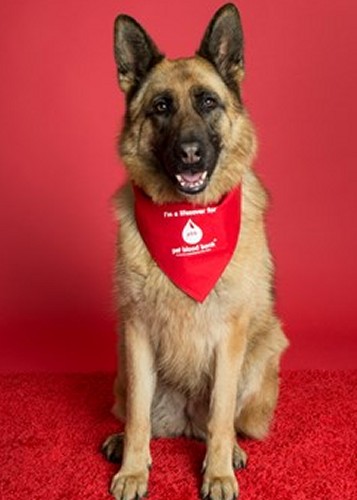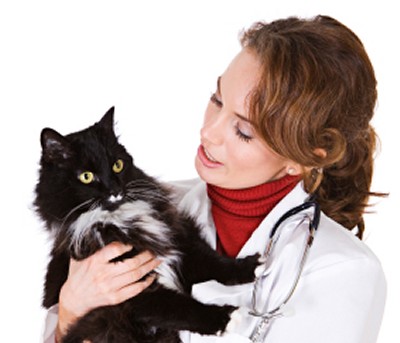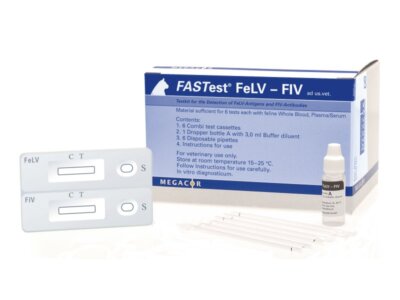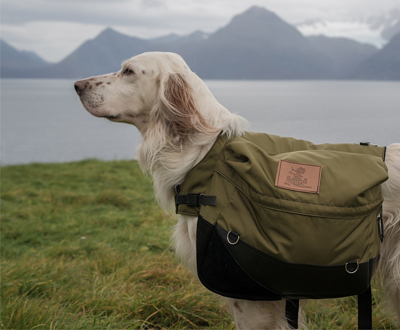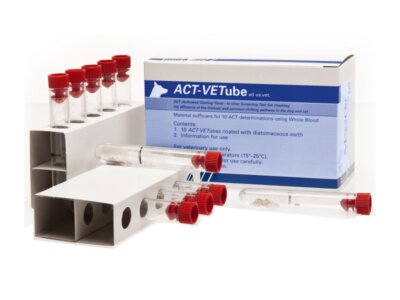
Five newly recognised viruses could be of serious future concern to dog and cat owners as well as to veterinary practitioners specialising in companion animal infectious diseases.
Feline morbillivirus (FeMV) is a new paramyxovirus closely related to dog distemper virus. Discovered in about 12% of tested Hong Kong strays suspected of kidney disease, almost 30% of cats tested positive for antibodies against FeMV. The large number of FeMV-positive cats in the Asian survey, and the first cases in Europe and the Americas, suggests that FeMV is set to increase significantly over the next few years.
The pathogenicity of canine circovirus remains unclear
First observed in dogs in 2012, circovirus previously infected only pigs causing post-weaning multisystemic wasting syndrome. Canine circovirus was identified in the liver of a dog with severe haemorrhagic gastroenteritis, and in 14 other dogs that had died showing similar symptoms. However, because some studies show no difference in detection rates between healthy and diseased dogs, the pathogenicity of canine circovirus remains unclear.
Reports of dogs contracting influenza from humans and occasionally from horses have circulated for years, but only in 2004 did veterinary laboratories report a canine-specific influenza virus. Studies showed that the virus originated from the H3N8 strain of equine influenza. A second unrelated canine influenza virus, evolving from an avian-like H3N2 influenza was found in Asia, which then appeared in Chicago, US in 2015. So far, neither the H3N8 nor H3N2 canine influenza strains have been identified in the UK to date; the last reported case of H3N8 was more than a year ago.
Male to male aggression could be a key route of transmission
Because the newly discovered virus felis catus gammaherpesvirus (FcaHV1) is a retrovirus similar to that implicated in human cancer, Burkitt’s lymphoma, veterinary laboratories suspect its possible co-involvement in feline lymphoma. FcaHV1 has been identified in around 16% of cats in the US, Asia, Australia and Europe with up to 32% testing positive for antibodies. Comparison with FIV infection rates suggests that male to male aggression could be a key route of transmission.
The first canine astrovirus (CaAstV) reported in 1980
Named because of their star-like shape, astroviruses are thought cause up to 10% of global human childhood gastroenteritis. The first canine astrovirus (CaAstV) was reported in 1980, with current worldwide infection rates of between 2% and 27%. A UK study showed 6% of dogs diagnosed with severe diarrhoea also tested positive for CaAstV but no detection in dogs free of symptoms. Although this implicates the virus as causative of canine gastroenteritis, other studies tend to refute any link.
Clearly, evidence to connect a novel virus with apparent symptoms of the disease may often be lacking. However, vigilance and diligence remain the first line of defence against new threats to the health and welfare of companion and commercial animals.
Visit Our Website: www.vetlabsupplies.co.uk


